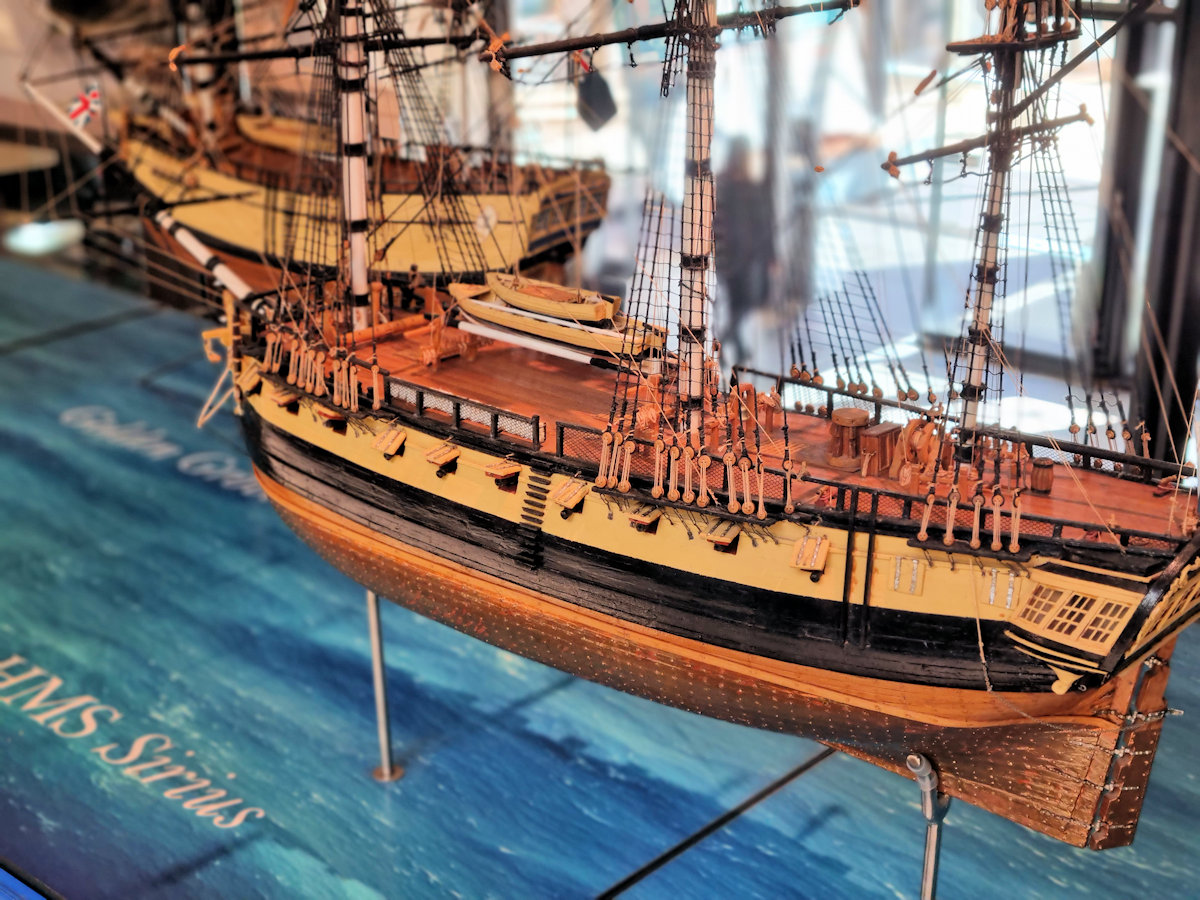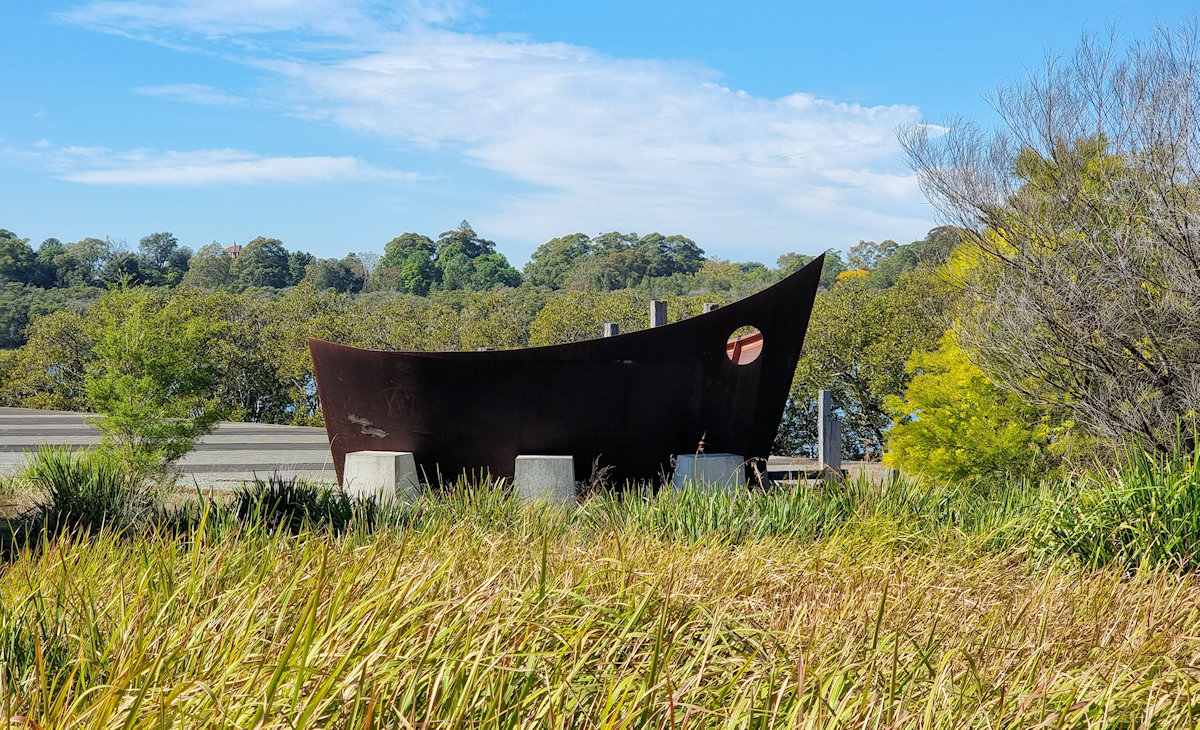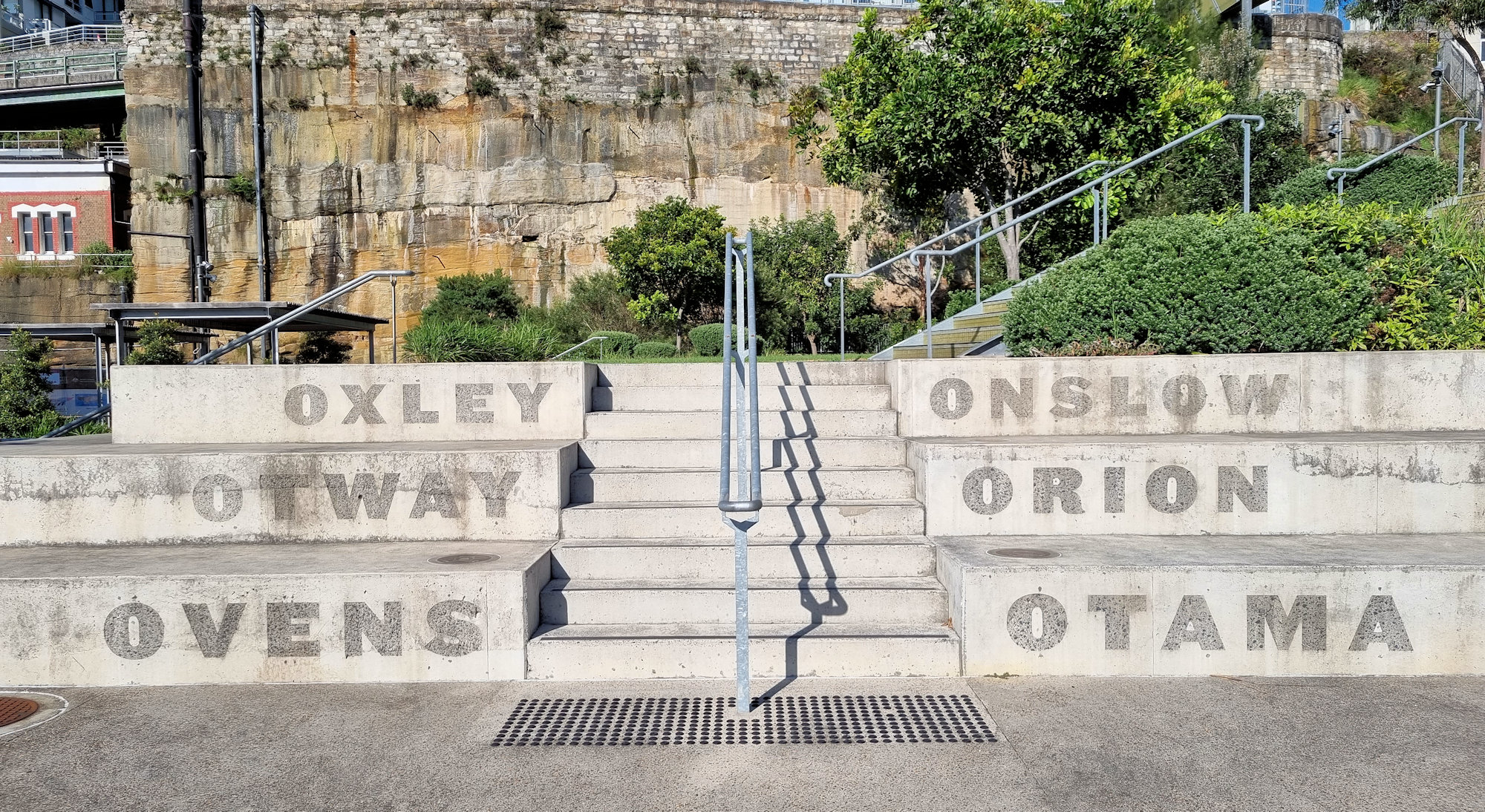Category: Ships
-
Museum of Sydney

Museum of Sydney Located on Bridge St, not far from Circular Quay, the Museum of Sydney focuses on the history of the city with an emphasis on the impact white settlement had and still has on Aboriginal People. Getting There As with many attractions in Sydney, public transport is the easiest and cheapest way to… Read more
-
Brays Bay Ship-Building Memorial

Brays Bay Ship-Building Memorial Located adjacent to the Kokoda Track Memorial Pathway, the Brays Bay Ship-Building Memorial is a tribute to the ship building that operated here from 1939 to 1945. Representing a ship a sculpture sits next to the entrance walkway which has ships’ names etched into it. Operated by Tulloch, the shipyard built… Read more
-
Sub Base Platypus Sydney

Sub Base Platypus Sydney Sub Base Platypus is a unique site located in Neutral Bay, Sydney, Australia. The site has a rich history dating back to the early 1900s when it was originally used as a gasworks site. In the early 1960s, the site was acquired by the Royal Australian Navy (RAN) and used as… Read more